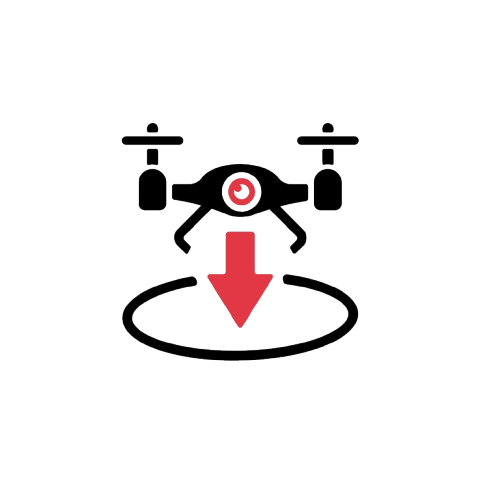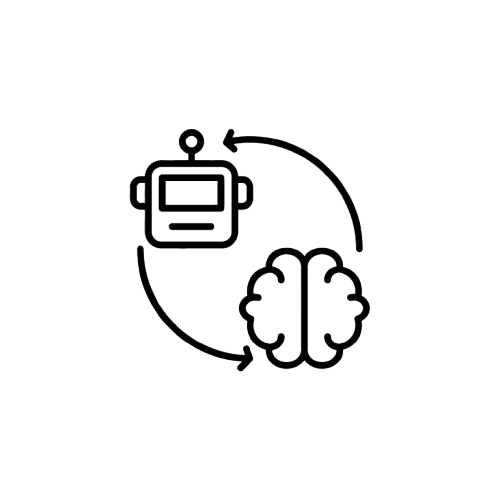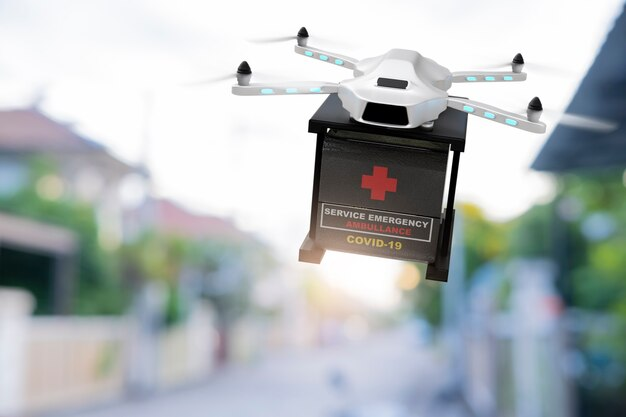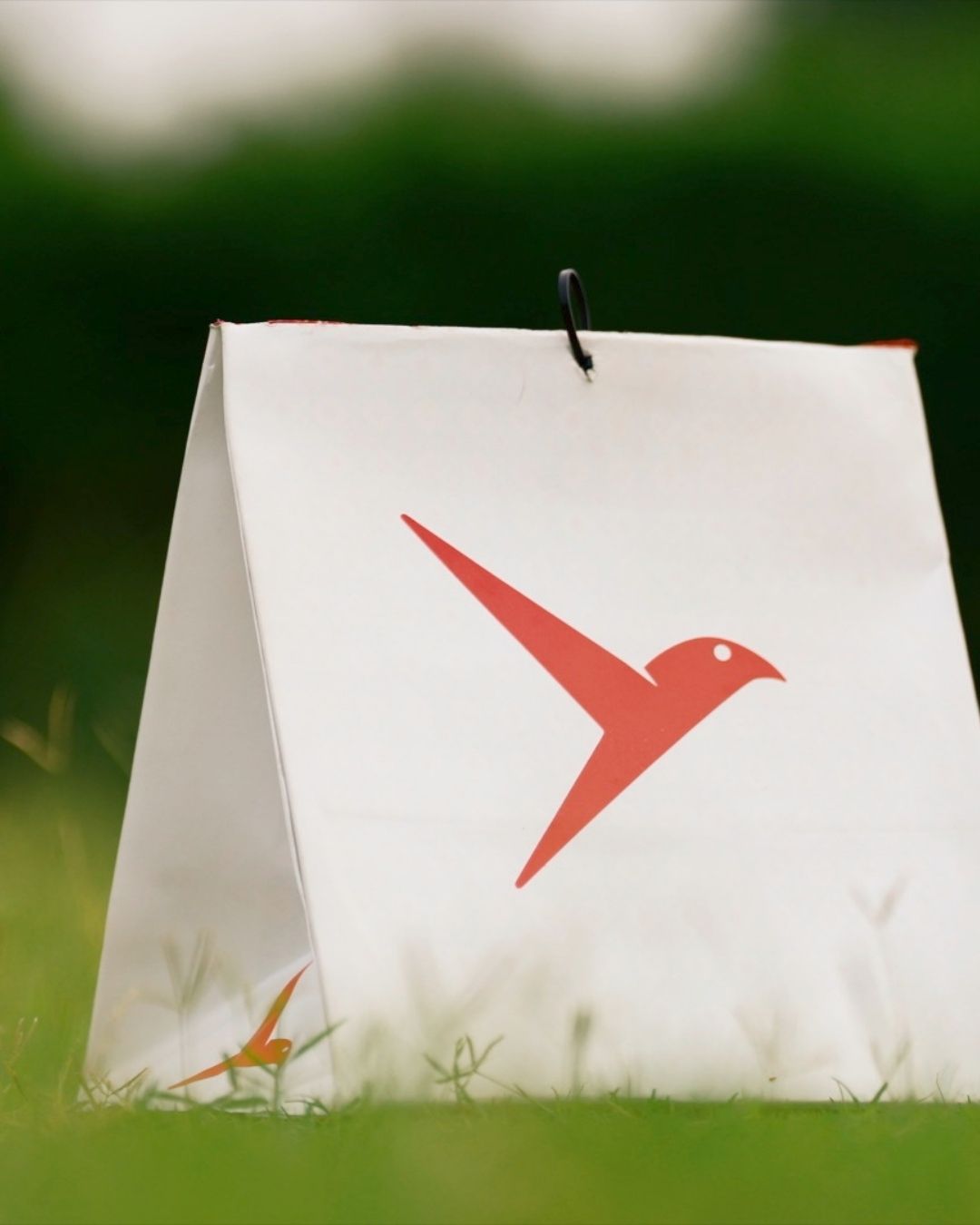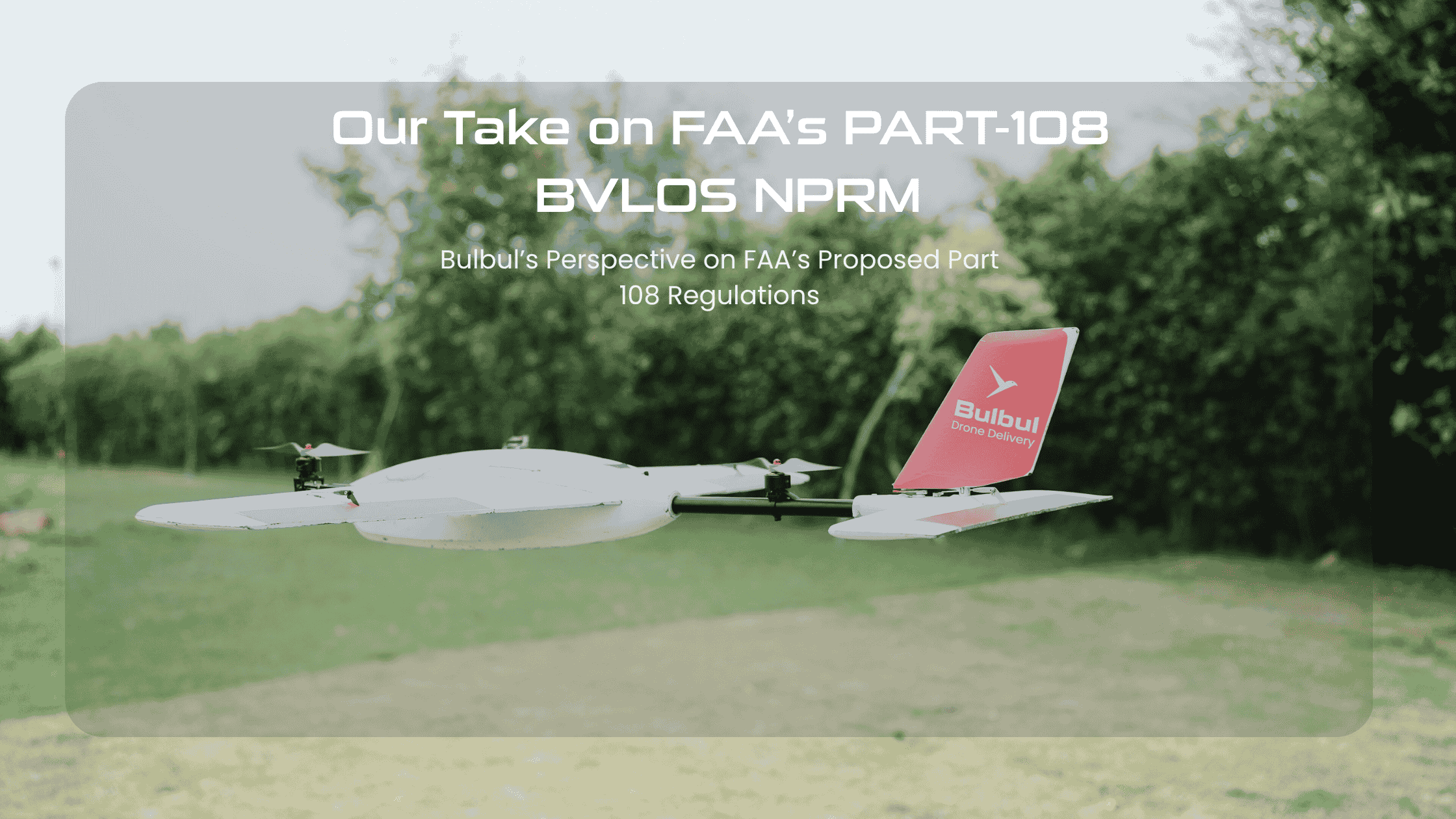Using medical delivery drones is starting to be one of the most significant changes in healthcare logistics. Drone deliveries of medical supplies, blood, vaccinations, and life-saving tools increasingly assist in areas where time is everything. Medical delivery drones can access locations where conventional vehicles would be hampered or delayed.
This is important during traffic congestion, natural calamities, or when rural communities are involved. These flying assistants are becoming more crucial as governments and hospitals search for quicker and wiser responses to crises. This article investigates the operation, features, and reasons behind these drones’ becoming the future of emergency medicine.
How Do Medical Delivery Drones Work in Critical Situations?
Medical delivery drones carry emergency supplies using real-time tracking, clever GPS systems, and occasionally artificial intelligence. These drones can fly fast in an emergency, say, a road accident or a medical emergency in a village with inadequate road access. They fly straight to the site, dodging terrain challenges or traffic. Most of these drones are lightweight, run on electric power, and are made to carry particular payloads, including medicine, blood samples, or perhaps tiny medical gadgets.
Medical delivery drones were flown over 600 missions to vaccinate villages during the COVID-19 epidemic in India. This sharply shortened delivery times and made healthcare more accessible. Medical drones also shortened blood transfusion delivery times from hours to just thirty minutes. Another example comes from Africa.
Drones Are Better for Reaching Remote and Rural Areas
Communities far from hospitals and clinics still abound in many places throughout the globe. Medical help may be delayed or denied by bad roads, floods, or mountainous terrain. Medical delivery drones excel there. The same problems ground vehicles run upon do not slow down these delivery drones. Arriving faster and with fewer dangers, they fly over rivers, hills, and traffic.
A 2025 market research indicates that 40% of drone deliveries for healthcare took place in far-off locations. This shows a growing desire for a consistent drone delivery service free of reliance on road infrastructure. This kind of fast delivery can make a life-or-death difference for a patient in a snowed-in community or a victim of a snakebite in a jungle.
Medical Delivery Drones Improve Emergency Response Times
Indeed, they can and now do. Time lost usually results in ineffective emergency response. The consequence is worse the more time it takes to get someone the correct prescription or tool. Medical delivery drones travel straight through the air, reducing this reaction time.
Consider Redwing Labs in India, for instance. They teamed up with state governments to send medication by drone. Many times, their technique shortened delivery time from three hours to less than thirty minutes. Every minute counts in an emergency, including infections, cardiac arrests, or problems after labor. It is becoming impossible to overlook the benefits of drones in this domain.
What Makes Medical Delivery Drones Reliable and Safe?
Many people doubt if medical delivery drones are dependable and safe. Indeed, the response is yes—but only because of constant innovation and thoughtful design. Modern drones have GPS accuracy, automated landing systems, and obstacle detection, among other things. Artificial intelligence even powers some, allowing them to reroute in real-time should the temperature change or should they detect an impediment.
Particularly for a UAV delivery service transporting delicate medical supplies, these characteristics make them quite dependable. Since drones run on electricity, quieter flights and minimal emissions are additional results. Both in calm rural areas and bustling cities, they are becoming trusted tools with their low noise and clever mechanisms.
Drones in Existing Healthcare Systems

Establishing how to link drone services with hospitals, emergency responders, and supply chains presents a significant obstacle. Still, development is occurring. Nowadays, many drone firms provide systems that fit with medical software. This lets supply levels guide automated dispatching and real-time delivery updates.
Specific systems use artificial intelligence to track medical supplies in rural clinics and set off deliveries when supplies run low. This guarantees that essential supplies are never lacking and helps to prevent human mistakes. Healthcare teams are beginning to collaborate closely with drone pilots and technicians as these linkages improve over time. The intention is to make the procedure as seamless as pizza ordering while producing potentially life-saving results.
Challenges in Using Medical Delivery Drones
Medical delivery drones have drawbacks, much like any new technology. Government laws can be stringent. Many nations require drones to be registered and licensed. Regarding airspace, safety, and privacy, operators have to abide by tight guidelines. This is to safeguard other aeroplanes in the skies and ground-based persons.
Technical problems exist as well. Drones run on strong batteries and steady connectivity. While the weather is erratic, drone navigation must be quite exact. System problems or failures in GPS might endanger a mission. Still, many businesses are making great efforts to resolve these issues. Thus far, the outcomes indicate that the advantages of drones far exceed the drawbacks.
Types of Medical Delivery Drones
Various jobs call for different drones. Short trips usually call for multi-rotor drones. They are low-cost, light, and perfect for speedy delivery. Though they are more challenging to manage, single-rotor drones can carry more weight and fly greater distances. Ideal for distributing across huge distances, fixed-wing drones resemble aeroplanes. Certain institutions even look at ambulatory drones that might have patients one day.
Every one of these models contributes to creating a UAV delivery system that fulfils particular medical needs. Multi-rotor drones might drop vaccines or insulin in cities while fixed-wing drones could carry defibrillators or blood packs across large distances in remote areas.
Future of Medical Delivery Drones
The future seems brilliant. By 2032, the medical delivery drone worldwide market is predicted to be $1.9 billion. Drone speed, intelligence, and affordability will all change as innovation develops. These drones will remain indispensable instruments as long as data analysis, flight stability, and battery life advance.
More hospitals are implementing drone programs, and more governments are removing limitations. Commonly driven by artificial intelligence, these drones enable more accurate delivery and improved decisions. Automation, real-time data, and quick transportation combined could fundamentally rethink healthcare going forward. Using drones helps hospitals save 20% of costs and observe up to 60% faster delivery times. These figures highlight the quite strong influence of this technology.
Conclusion
Medical delivery drones are not only interesting devices. In emergency response, they are starting to be life-saving instruments. From delivering goods in congested cities to reaching far-off villages, these drones demonstrate what contemporary technology can accomplish when put to use for good. Although difficulties still exist, the development is visible. Strong teams behind the technology and rising public Confidence mean that drones will probably be a regular feature of our healthcare environment shortly.
To learn more about how drone delivery is already transforming lives, visit BulbulDelivery.






